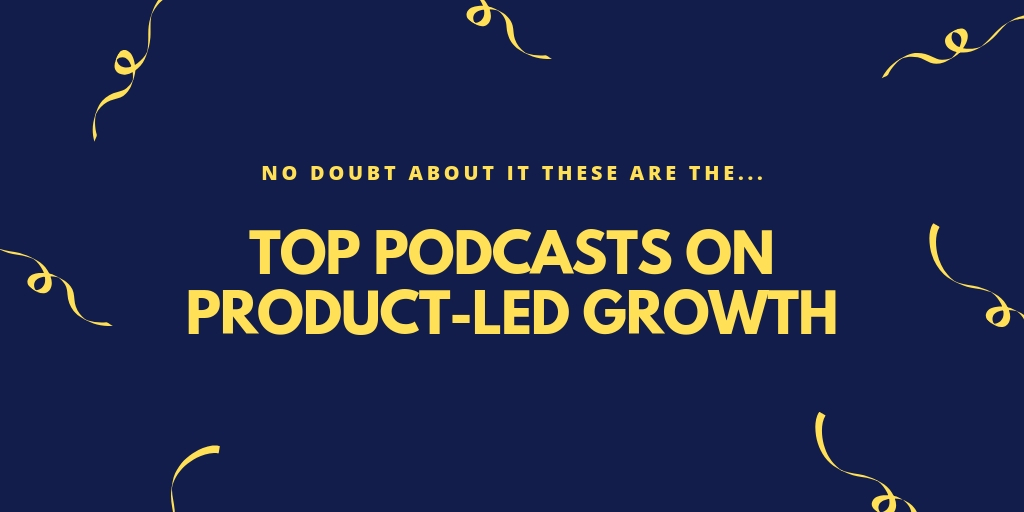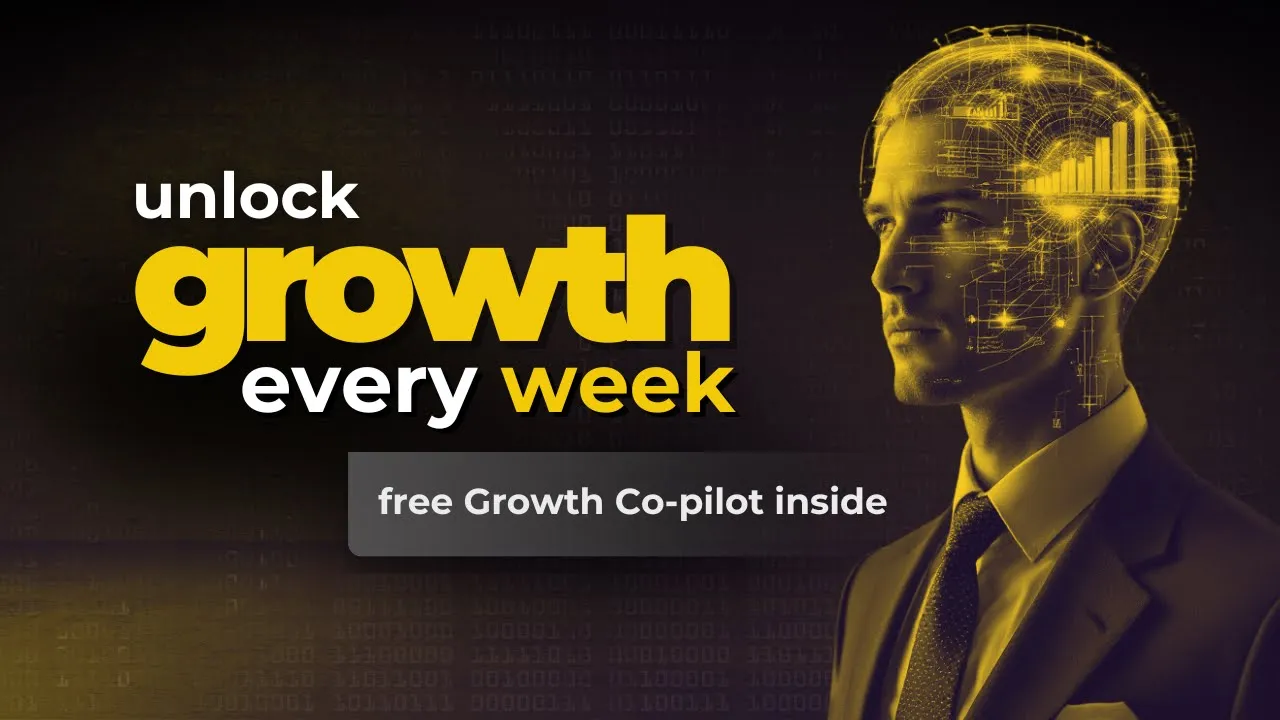
Moving from free trial to freemium can feel daunting, with many wondering, “is it worth it?”
This article shares the data, challenges, and successes Tettra faced as we moved from a free trial to freemium.
Using actual data we’ve compiled over the last two years, I’ll share:
- Why Freemium?
- Finding the Value Metric
- Fears, Hopes, & Lessons Learned
- Was It Worth It?
Why Freemium?
For those of you not familiar with Tettra, it’s a B2B Knowledge Management software. At the time, Tettra was cash flow positive and comprised of a small team with no salespeople.
So what galvanized Tettra to try a freemium model?
The answer is simple: sometimes, a free trial isn’t enough.
The reality is with many knowledge-based products; a free trial requires a lot of setup and time. For many Tettra users, a trial from 15-30 days isn’t long enough.

In the case of Tettra, the software has a multiplayer experience, which requires a “buy-in” and training time. Unfortunately, this meant that Tettra asked for money after the 15-day trial before the users arrived at value discovery.
If you can’t provide value quickly enough in a trial period, freemium makes sense.

Tettra found that users were scared to even start a 15-day trial because it felt too short to pick a knowledge management system.
So they didn’t even try. As a result, many users fell off and disappeared.
Since we were a small team, we missed the sales support necessary to convince users to try the trial.
Giving users free accounts seemed like it could provide an opportunity to teach the user over time via automation.
Finding the Value Metric
When starting, you can use a few tricks to help support the cost of a freemium model. This can be done by:
- Charging for more users.
- Charging for more features.
- Charging for unlimited pages.

For Tettra, the data showed that the more the user interacted with the software, the higher the probability a user would convert. There was a linear increase in conversion for each new page added to the freemium product up to five pages. On page five, the line flattens out.
In the case of Tettra, they gave users up to five pages per content topic, for a total of 25 pages. And it worked!
Fears, Hopes, & Lessons Learned
Tettra dove into the freemium model in true start-up fashion, making the best-informed decisions we could with doubts creeping in along the way.
In the spirit of learning from another company’s experiences, here are some of the top hopes, fears, and key lessons we learned along the way.
Fear #1: Support will be swamped.
Here we show the total support tickets per quarter, before and after we made the freemium switch.

While there was an increase of support tickets after the freemium switch, Tettra became more efficient and better at support by incorporating a help center, along with online help docs.
This led to an overall decrease in support tickets!
Currently, 40% of support is from freemium issues, but the support keeps the conversation rolling and leads to sales, which was an unexpected bonus.
Community support forums are also a solution while providing a space for users to talk. This can even help accelerate value discovery.
Hope #1: Sign-ups will increase with the freemium product.
Before the freemium switch, Tettra was getting around 1,000 new accounts per quarter. After we made the freemium switch, the number of sign-ups has doubled!

The freemium model allowed users to try out the product without a time limit. In addition, we didn’t ask for their credit card information, which ultimately led to more people onboarding, finding the value, and converting.
While more “tire kickers” drained resources (or users using the product without the intent to buy), it’s manageable with automation, and the increase of signups has been greater than the drain.
Fear #2: New MRR will tank.
MRR stands for Monthly Recurring Revenue, and New MRR means adding new customers or not including customers that have upgraded.
So, would New MRR tank with the freemium switch?

The data shows that New MRR was sustainably lower, showing a steady decline. Keep in mind the arrival of the pandemic created a more dramatic drop in 2020 than in previous years.
While we did expect MRR to go down, we hoped that….
Hope # 2: Upgrades will increase significantly.
Since Tettra expected MRR to go down, the hope was that the number of upgrades would be significant enough to counteract the drop in New MRR.
Luckily the freemium switch tripled the number of upgrades by the 5th quarter.

But was this net positive?

The first two quarters after the switch slowed down the flywheel a bit, but it sustainably increased conversion over the long-term once it gained momentum.
While this took more patience, the net has been positive, and total MRR has steadily increased, besides a small pandemic induced dip in 2020.
Lessons Learned: Freemium and Retention
While product-led companies always boast about better retention, what does the data say?
Here are Tettra’s retention rate percentages per month before launching their freemium product (June 2017 to June 2018) versus after they made the change (July 2018-August 2019).

The Cohort Chart shows that retention was a lot better, with user retention never dipping below 70% after the freemium launch and consistently leading retention rates of over 100% throughout the year.
Take a look at the retention data of a business that doesn’t have freemium. It’s a SaaS product, but the user puts a credit card upfront for a trial that auto converts.

While the cohorts start high, the cohorts get churned out really fast. Compare that to the cohort chart of Tettra’s retention after the freemium launch.

You can see that while the cohort starts substantially lower, they consistently build over time. It’s the difference between building on sand versus bedrock.
Less churn and better retention are always ideal. The lesson learned is to shoot for small numbers that grow versus big numbers that shrink for optimal long-term growth.
Was It Worth It?
When reviewing retention and considering the overall net positive of MRR, the data shows the switch was beneficial for us.
Here are three key things that were instrumental to the success of Tettra’s switch to a freemium model.
#1. Commit to a year
Tettra’s first two quarters after the freemium switch were lower than usual, and if we didn’t hang in there, we would have never realized how successful the switch would be.
There’s so much learning along the way, and with it comes additional modifications that are easy to overlook in the planning stage. A year provides the necessary time frame to troubleshoot and resolve problems to optimize your onboarding and converting.
#2. Filter your feedback
When you make a switch, you will typically get a lot of feedback that isn’t coming from your target users. So before making any changes to your processes, filter your feedback and make sure it benefits your key demographic.
#3. Launch, listen, and measure
Initially, it can be challenging to determine just how much of a product’s functionality should be enabled to get users to onboard and convert.
Think about what you know about your users and product to determine the threshold of a user gaining value but not using it fully.
In the case of Tettra, the final freemium product makes it almost impossible for customers to downgrade from their plan. The Freemium product is limited to 25 pages, and it’s challenging to continue using the product with access to only 25 pages.
The idea is to enable the functionality to the extent a user can determine if the software is a good fit for their company. The freemium product is a subset of the actual product versus the paid program, which is the product itself.
There’s no set formula, so take your current data and make your best decision. The best way to start is to launch it, listen to the feedback and measure the data. After that, you will most likely need to make adjustments until you fine-tune the balance between your freemium and paid product.





















